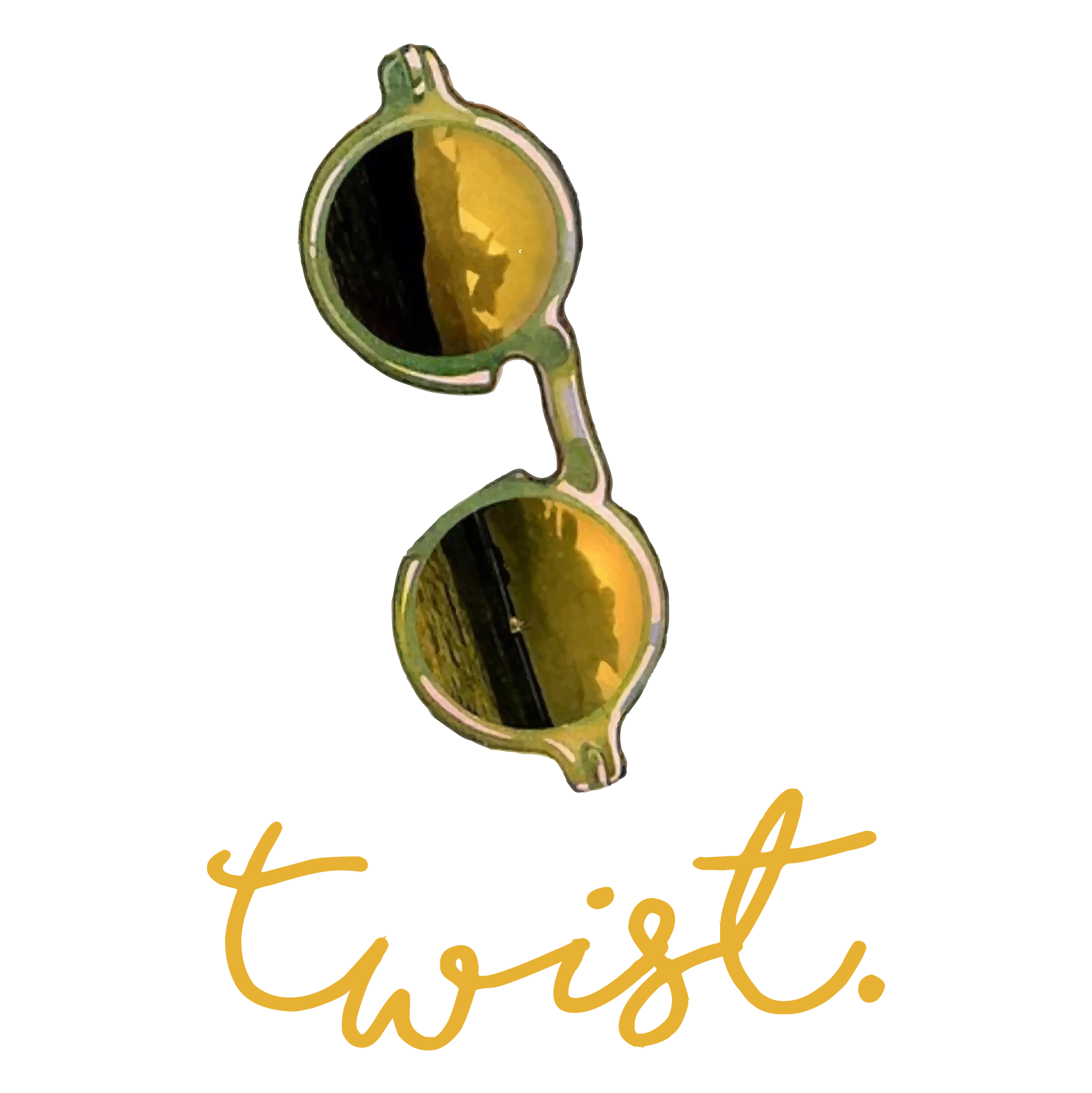Standard breakdown away from nutritional D position
Totally, 36,297 people were gathered. Following exclusion out-of 894 (dos.46%) girls to possess several maternity, 5957 (%) for lost medical ideas, 1157 (step three.19%) for perhaps not undertaking Supplement D test and 4895 (%) not in the earliest trimester, is a result of twenty two,394 girls have been ultimately used in analyses (Fig. 1). ten nmol/L (suggest ± SD) with a complete selection of 2.00– nmol/L (Table step 1, Fig. 2). Of entire populace, 15,696 females (%) had been 25(OH) D deficient, 6981(%) was indeed lack of and only 2583 (twenty two.2%) got enough twenty five(OH) D membership (Fig. 3).
Delivery off maternal Nutritional D standing in the 1st trimester from maternity. Y axis: experience counts; X-axis: the new concentration of maternal solution vitamin D (nmol/L)
Logical attributes
The maternal 25(OH)D levels varied with age, pre-pregnancy BMI, season when blood was collection, number of previous pregnancy while no interaction was found in the mode of birth, and family history of https://www.datingranking.net/it/sesso-occasionale/ diabetes or thyroid disease. Women with older age, higher pre-pregnancy BMI(P < 0.001) and less previous pregnancy times(P = .007) indicate a worse 25(OH)D status. In consistent with seasonal exposure of ultraviolet rays, concentration of vitamin D fluctuated along with recorded season, with the lowest in winter ( ± 15. 60 nmol/L) and the highest in summer ( ± nmol/L), all were lower than 50 nmol/L (Table 2).
Maternal effects
Table 3 summarized the maternal outcomes of the population. Interestingly, Women diagnosed as vitamin D insufficiency had a higher incidence rate of gestational diabetes compared with vitamin D deficiency (% vs %, Pbonferroni = .020). The incidence rate of intrauterine infection, preeclampsia were different among groups but not significant after multiple comparison correction. No associations were found between gestational age (both category and numeric values), cesarean section rate, premature rupture of membranes, intrahepatic cholestasis and 2-h postpartum hemorrhage.
Neonatal effects
Most importantly, newborns delivered by women with deficient vitamin D status had a higher incidence rate of admission to NICU (Deficiency: % vs Insufficiency: % vs Sufficiency: %, Pbonferroni = .002) and a longer stay (Deficiency: 6.20 ± 4.10 vs Insufficiency:5.90 ± 3.10 vs Sufficiency: 5.10 ± 2.10, Pbonferroni = .010). Meanwhile, no correlation was observed between maternal vitamin D status and the birth weight, birth height and other outcomes. (Table 4).
Unadjusted and you may modified exposure affairs study
After that i burrowed deep into the some common problem off parents and you can infants and this add preterm delivery, gestational diabetic issues, preeclampsia, intrauterine soreness, cesarean part, premature rupture from membrane, intrahepatic cholestasis getting parents and you may lowest birth lbs, brief to own gestational years, highest to possess gestational ages, entry in order to NICU hospitalization, hyperbilirubinemia, necrotizing enterocolitis, sepsis to possess newborns (Desk 5, Fig. 4).
Brand new Tree Patch out of unasjusted and modified activities. An effective. The fresh unadjusted model. B. The adjusted design (Modified having maternal age (classification adjustable), pre-pregnancy Bmi (group variable), fetus gender, range season away from blood shot, No. away from prior pregnancies. Having fun with supplement D sufficiency (> 75 nmol/L) once the a research. good. Lack of class versus adequate classification. b. Lacking group against adequate class. The newest mark range suggests in which Otherwise = step 1
Interestingly, maternal vitamin D deficiency was a dependent risk factor for admission to NICU (unadjusted OR = 1.350, 95%CI (1.045–1.744), P =.022; adjusted OR = 1.305, 95%CI (1.010–1.687), P = .042). To determine the potential confounding factor, we further analyzed demographic baseline of mothers and neonatal outcomes between newborns whether to be admitted to NICU (Table 6). The results indicated that women whose infants were transferred to NICU after delivery had a slightly lower vitamin D concentration ( ± nmol/L vs ± , P = .010). Furthermore, lower maternal age ( ± 3.50 vs ± 3.70, P =.006), higher pre-pregnancy BMI ( ± 3.40 vs ± 3.60, P ? .001) and gestational age at birth ( ± 1.20 vs ± 2.40, P = .001) was observed in NICU group. NICU group had a lower cesarean section rate (% vs %, P ? .001), Apgar score (9.70 ± 0.90 vs 9.90 ± .59, P < .001), birth weight ( ± vs ± P ? .001), and birth length( ± 2.40 vs ± 1.10, P ? .001).


